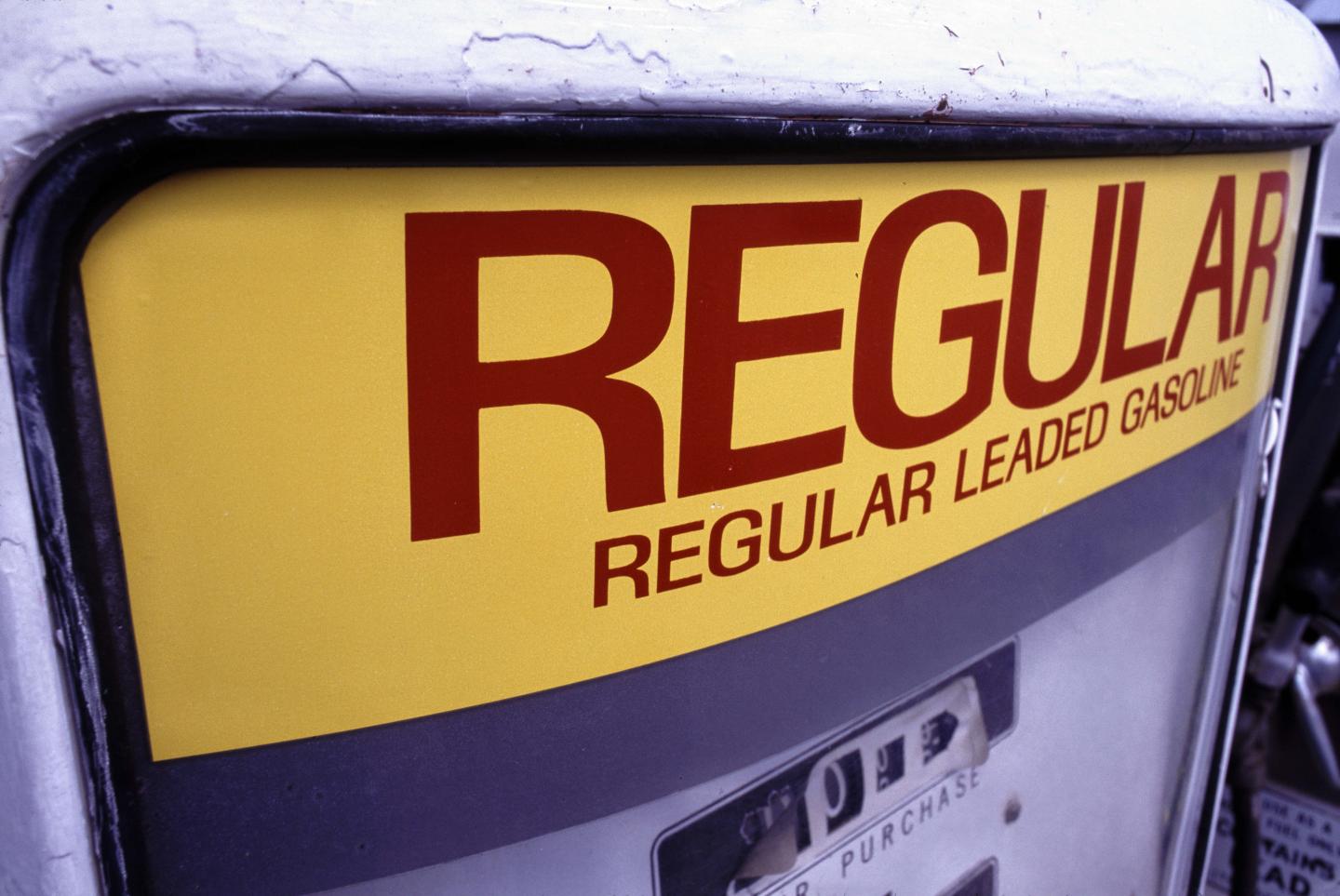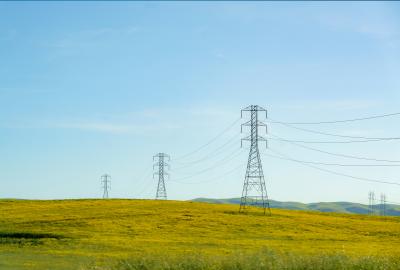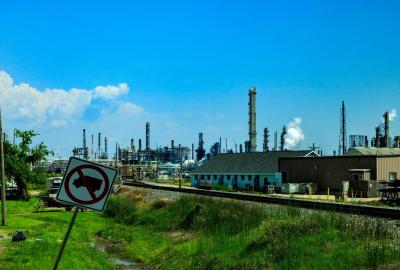Removing lead from gasoline and paint were major health victories — now we need to get it out of our water
When Dr. Philip Landrigan was a young pediatric resident at Boston Children’s Hospital in the late 1960s, he started encountering children who had swallowed chips of lead paint. Tragically, many of them died. “A paint chip half the size of your smallest fingernail could kill a child five times over,” he says.
Those who survived were transformed.
“They lost cognitive function,” Landrigan says. In many cases, their behavior changed. “I remember one mom telling me her son had been a sweet boy before he ingested lead and now would fly into a rage and hit other kids.”
Those experiences stayed with him. As he continued to practice medicine, Landrigan also began researching the health impacts of lead, which, in those days, could be found not just in paint but also in gasoline, pipes and consumer products like hair dyes, food cans and toys.
One of his earliest studies, published in 1970, established that airborne lead particles, like those found at the time in automobile exhaust, could negatively impact children’s health. Until then, doctors believed there was no risk.

Fifty years ago last week, the efforts of researchers and advocates working to remove lead bore its first fruit when the U.S. Environmental Protection Agency issued the rule that began phasing lead out of gasoline.
Since then, doctors and researchers have detailed lead’s many harms on kids. Not only does lead exposure decrease IQ and impulse control, it increases the prevalence of ADHD and behavioral problems. Some researchers have even correlated childhood lead exposure with increases in crime rates about 20 years later.
And children aren’t the only ones hurt by lead. In adults, the toxic metal causes kidney problems, cardiovascular disease, hypertension and osteoporosis. In fact, in the U.S. each year, more than 400,000 people die prematurely from heart disease attributed to lead exposure.
Landrigan, who now leads the Program for Global Public Health and the Common Good at Boston College, compares the public health benefits of getting airborne lead out of automobile exhaust to the polio vaccine and the eradication of smallpox. “They’re all macro, global-scale triumphs that have saved millions upon millions of lives,” he says.
Plus, there have been economic benefits in the form of decreased healthcare costs, reduced need for special education and increases in IQ and resulting earnings. In the U.S., the economic benefits of the removal of lead from paint alone have been estimated at more than $8 trillion over the course of the last 40 years.
But while the U.S. has made considerable progress protecting the public from lead, there’s still more to do.
An estimated 35 million American homes built before 1978 contain lead-based paint, and there are 9.2 million lead service pipes still carrying water to homes, schools and businesses.
And while children’s blood lead levels have fallen dramatically since the 1970s, half of American children under the age of 6 who were tested between 2018 and 2020 had detectable levels of lead in their blood — with lead contamination being more common in low-income communities and communities of color. This is due to many factors, including discriminatory practices in housing that have left communities of color with greater poverty and substandard housing.
Work to remove lead continues. Last week, the EPA proposed a rule that would require utilities to replace 10% of their lead pipes every year for the next 10 years to reduce lead in drinking water.
“The socioeconomic benefits from the rule vastly outweigh the cost by $17.3 to $34.8 billion per year,” says Tom Neltner, EDF’s senior director for safer chemicals. “That’s a whopping 8 to 12 times the annual cost of replacement.”
Removing lead service lines is a part of a multi-faceted approach to get lead out of our lives spearheaded by the Biden Administration’s Get the Lead Out Partnership, a coalition that includes the federal government, local communities, nonprofits, including Environmental Defense Fund, water utilities, labor unions and companies.
“The bottom line is that there is no safe level of lead,” says Neltner. “We applaud the White House and EPA for their leadership to ensure that every community has access to safer drinking water.”
A look back at 50 years of action on lead
1970s: Lead is still used in gasoline, paint and consumer products
1970: Just three years after being incorporated, Environmental Defense Fund submits a petition to the U.S. Department of Health, Education and Welfare seeking the reduction and elimination of lead from the exhaust of motor vehicles.
1973: The EPA issues the rule that begins the phase down of lead in gasoline — a years-long process that ultimately becomes one of America’s biggest environmental and public health victories.
1978: The Consumer Product Safety Commission bans the residential use of lead-based paint. The FDA also limits lead in color additives for cosmetics, excluding lead-acetate hair dyes.
1980s: Industry fights lead limits, but EPA stays the course
1982: A proposal to abolish lead limits in gasoline advances under President Reagan. EDF toxicologist Ellen Silbergeld testifies before the EPA in support of lead limits, pointing to evidence that even low levels of lead exposure can have serious health effects.
1985: In a surprising about-face, the EPA abandons its plan to abolish lead limits and instead adopts EDF's recommendation for faster reductions. The agency requires a more than 90% reduction of lead in gasoline, effective January 1, 1986.
1986: The amended Safe Drinking Water Act mandates that water pipes in new drinking water systems be lead-free. (However, “lead-free” is defined as pipes with no more than 8% lead.)
1990s: Lead is fully phased out of gasoline, still present in water pipes
1990: EDF research reveals that lead's devastating neurotoxic effects begin at even lower levels than previously thought. Report author Karen Florini shares her findings at a congressional hearing on lead exposure.
1991: Given that the most common sources of lead in drinking water are lead pipes, the EPA's new Lead and Copper Rule requires water utilities to treat their water in order to reduce pipe corrosion and thereby limit lead contamination.
1992: Congress passes the Residential Lead-Based Paint Hazard Reduction Act to protect families from exposure to lead in paint, dust and soil.
1996: EPA Administrator Carol M. Browner signs the final rule in the agency’s phase-out of lead in gasoline for all on-road vehicles. She calls it “one of the great environmental achievements of all time.”
2000s: Flint water crisis shines a spotlight on the problem of lead in water
2008: The EPA issues a rule requiring that contractors be certified in preventing lead contamination when working on home renovations that may disturb lead-based paint, protecting workers and residents.
2014-2016: The Flint water crisis, caused by mismanagement when the city switched its water supply, exposes 8,000 children to lead in Michigan and brings public attention to lead in water.
2018: The FDA bans the use of lead acetate in hair dye in response to a 2017 petition from EDF and other organizations.
2020s: Biden administration takes action to get lead out of drinking water
2021: The Bipartisan Infrastructure Law includes $15 billion to replace lead service lines, the pipes that connect homes to water mains.
2023: The EPA proposes a rule requiring that utilities replace 10% of their lead pipes every year over the next decade.
What's next? The Biden-Harris Administration’s Get the Lead Out Partnership, a group of state and local officials, water utilities, labor unions, and other nongovernmental organizations, aims to replace every remaining lead service line — the main source of lead in drinking water — in the U.S. over the next decade.


